藤田 喬平/Fujita Kyohei
藤田喬平(1921~2004)は、日本では歴史の浅いガラス工芸において、その先駆者と呼べる作家です。日本の伝統美をガラスという新しい素材と現代的な感性によって表現した「フジタガラス」は、国内のみならず海外でも高く評価されています。
1921年、東京都に生まれた藤田は、中学生の頃からガラスに関心を寄せていました。1940年に入学した東京美術学校(現・東京芸術大学)では工芸科彫金部に所属しますが、ここで学んだ金属に関する知識が、のちに金箔や銀箔をガラスのなかに溶かしこむ技術の開発へとつながることとなります。藤田が実際にガラス工芸の道に進んでいくのは戦後、1947年に岩田工芸硝子に入社して以降のことです。2年後には同社を去って独立し、主に百貨店で開催された工芸作家のグループ展や自身の個展を通して、意欲的に作品を発表していきました。初期作品で特に輝きを放つのは、藤田自身が「流動」と名付けた一連の花器やオブジェであり、1964年に発表した【虹彩】はその代表作の一つです。吹きガラスで本体を成形した後、その上に熱せられて形状を変えていくガラスをまとわせたこの作品は、滝つぼの水しぶきのなかに鮮やかな虹の色彩が現れる一瞬を切り取っています。そうしたモチーフとともに、「ガラスは生きもの」という藤田の持論の通り、流動するガラスの生命力が如実に感じられる一品です。
そして、1973年に初めて発表した「飾筥(かざりばこ)」は、彼の芸術の神髄を表している、まさに代名詞と言うべきシリーズです。華やかでデザイン性の高い琳派に着想を得たこのシリーズでは、日本の伝統的な美意識が藤田独自の鮮やかな色彩や優美な装飾で見事に表現されています。欧米でも「フジタのドリームボックス」として人気に火がつき、世界的に一躍注目を浴びる契機となりました。上記の「飾筥」は言うまでもなく、藤田のガラス芸術における一つの到達点ですが、彼自身はそれに甘んじることなく、晩年に至るまで新たな可能性を模索し続けました。1977年からはヴェネツィアン・グラスで有名なムラーノ島で毎年制作を行うようになり、現地の伝統的な装飾技法「カンナ」を用いた文様作品や、大掛かりなオブジェを数多く手がけます。1981年にはスウェーデンのオレホース社にてクリスタル・ガラス作品の制作にも挑むなど、ガラスに対する探究心や好奇心はとどまることを知らず、それが彼の作品を生涯にわたって深化させた力の源であったと言えます。
日本のガラス工芸がまだ美術の分野として確立されていなかった黎明期から、その発展に貢献した藤田の功績ははかり知れません。2002年にはガラス工芸家としては初めての文化勲章を受章しています。
Kyohei Fujita (1921-2004) is a pioneering figure in the relatively young field of glass art in Japan. His work, known as “Fujita Glass”, expresses traditional Japanese beauty through the use of glass as a new material and contemporary sensibility, earning high praise both domestically and internationally.
Born in Tokyo in 1921, Fujita developed an interest in glass since his middle school years. While enrolled at the Tokyo School of Fine Arts (now Tokyo University of the Arts) in 1940, he joined the metalwork department, where his knowledge of metal would later contribute to the development of techniques involving the incorporation of gold and silver leaf into glass. Fujita officially entered the field of glass art after the war, when he joined the Iwata Glass Crafts Company in 1947. Two years later, he left the company to establish his own studio and actively exhibited his work through group exhibitions at department stores and solo exhibitions. Particularly shining among his early works are a series of flower vases and objects art that Fujita himself named “Flowing” with “Iris” presented in 1964 being one of its masterpieces. Created by shaping blown glass and then overlaying it with heated glass to alter its shape, this piece captures the moment when vibrant rainbow colors appear amidst the splashes of a waterfall. In line with Fujita’s belief that “glass is a living thing” this work vividly conveys the vitality of flowing glass.
His “Kazaribako”(Decorative Boxes)series, first introduced in 1973, encapsulates the essence of his art and can truly be called his trademark series. Inspired by the glamorous and highly designed aesthetics of the Rinpa(one of the major historical schools of Japanese painting), this series beautifully expresses Japan’s traditional sense of beauty through Fujita’s vibrant colors and elegant decorations. It gained popularity in the West as “Fujita’s Dream Boxes” catapulting him to international fame and drawing global attention to his work. While the “Kazaribako”(Decorative Boxes)series is undoubtedly a milestone in Fujita’s glass art, he never rested on his laurels and continued to explore new possibilities until his later years. From 1977, he began producing works annually on the island of Murano, famous for Venetian glass, utilizing traditional local decorative techniques such as “Canna” patterns and creating numerous elaborate objects art. In 1981, he also ventured into producing crystal glass works with Sweden’s Orrefors AB, demonstrating his unending curiosity and quest for exploration in the realm of glass, which served as the driving force behind the deepening of his work throughout his life.
Fujita’s contributions to the development of glass art in Japan, from its nascent stages when it was not yet established as a field in the art world, are immeasurable. In 2002, he became the first glass artist to receive the Order of Culture, recognizing his significant achievements in the field.
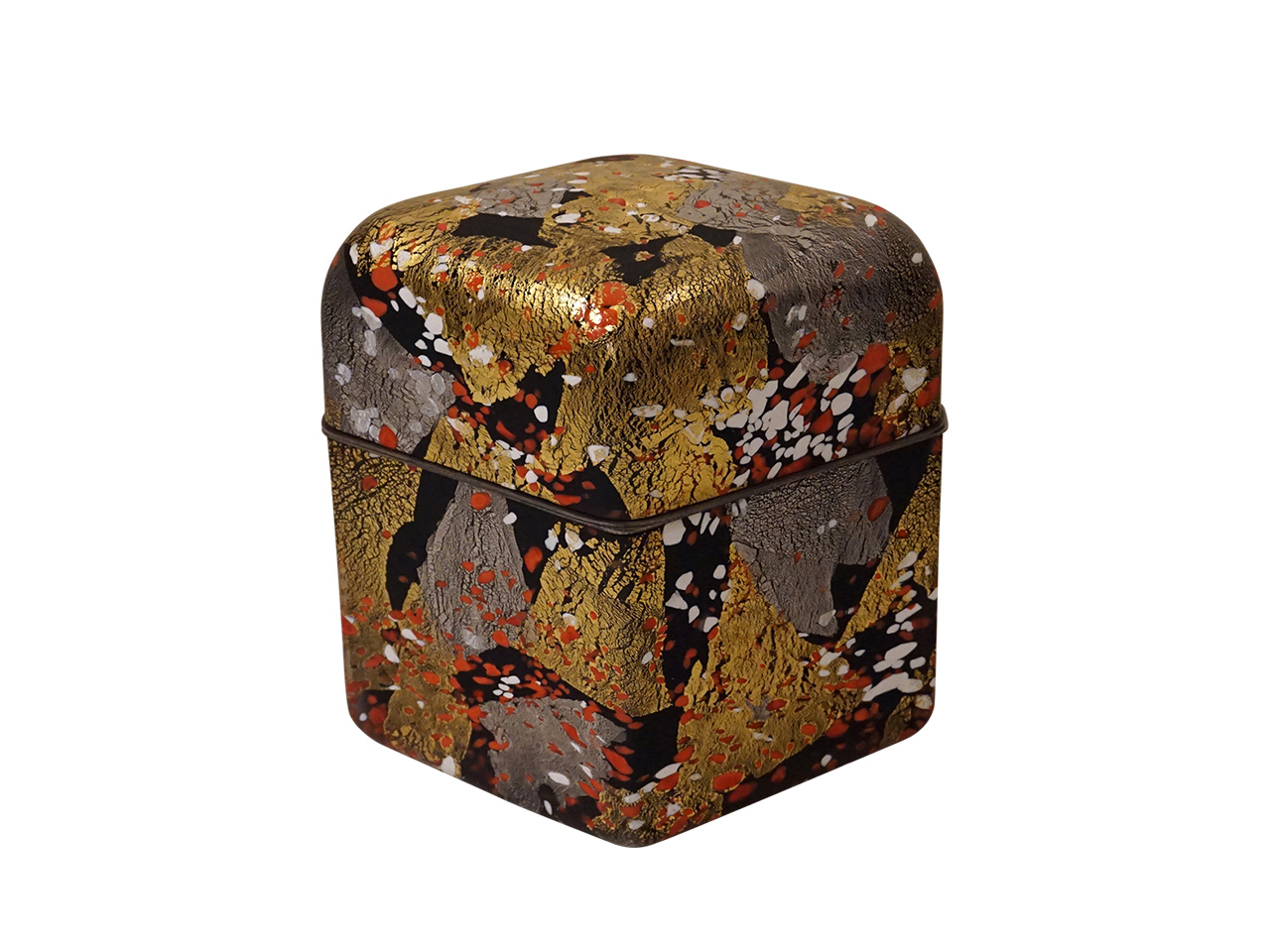
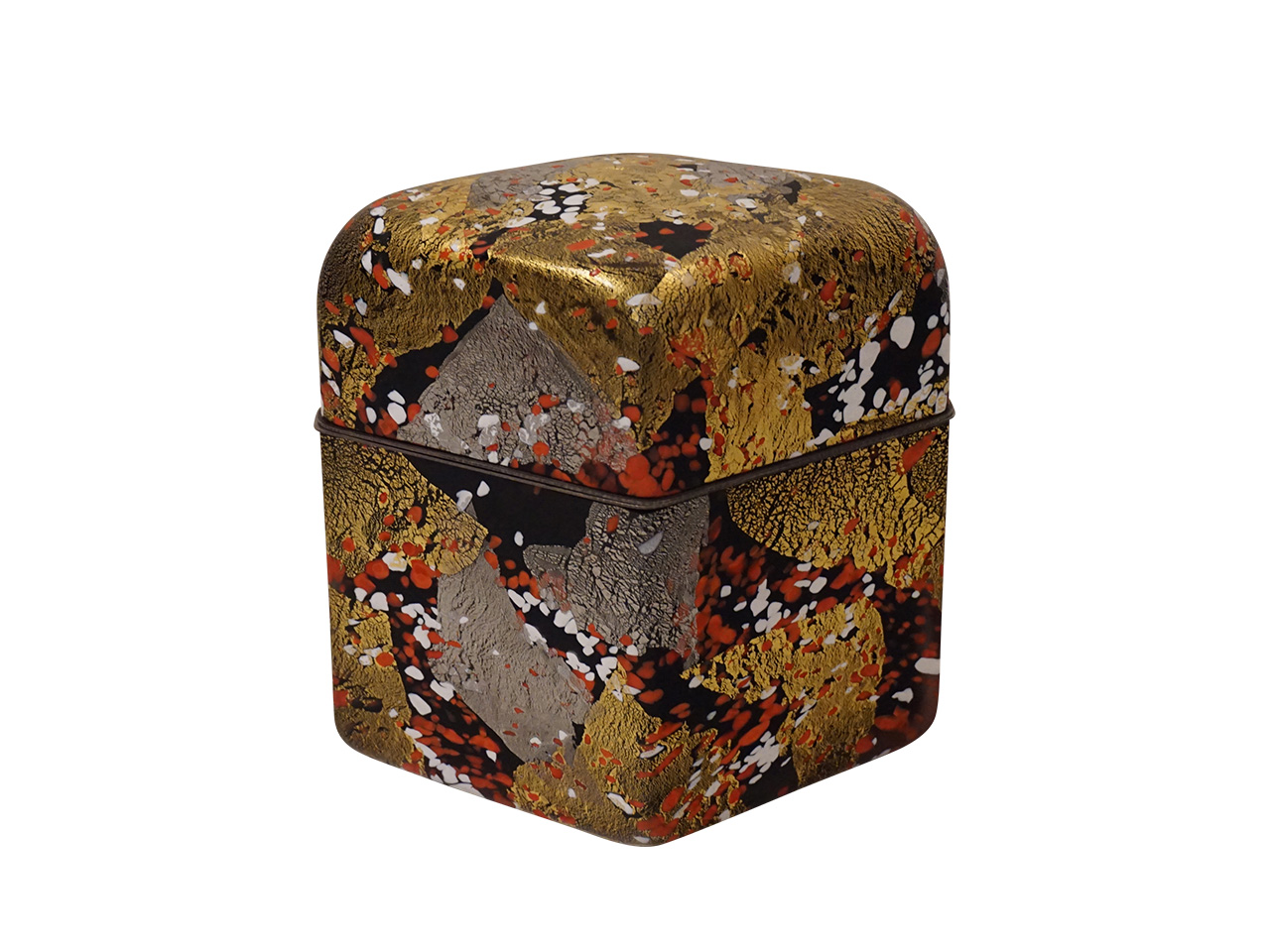

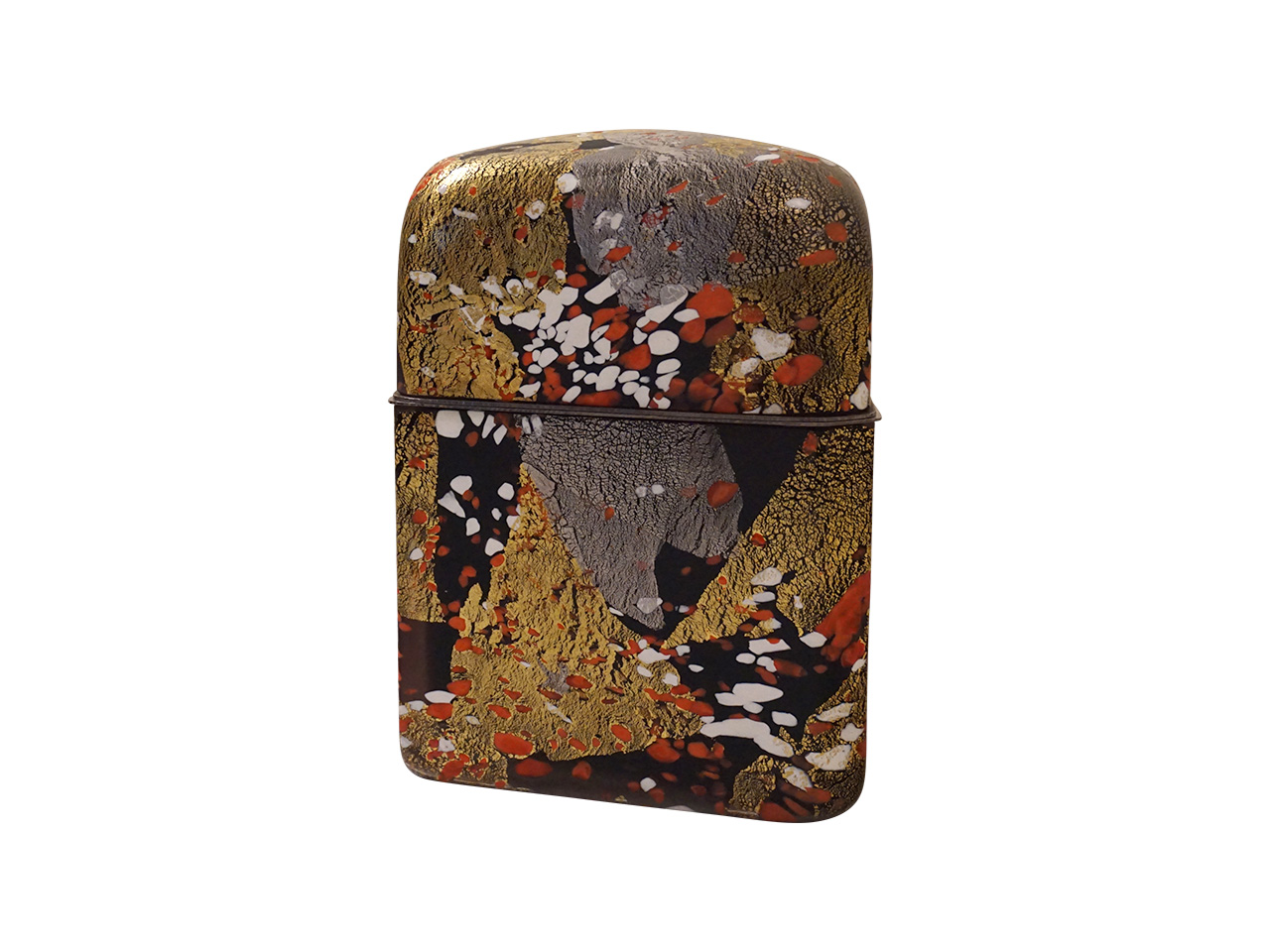
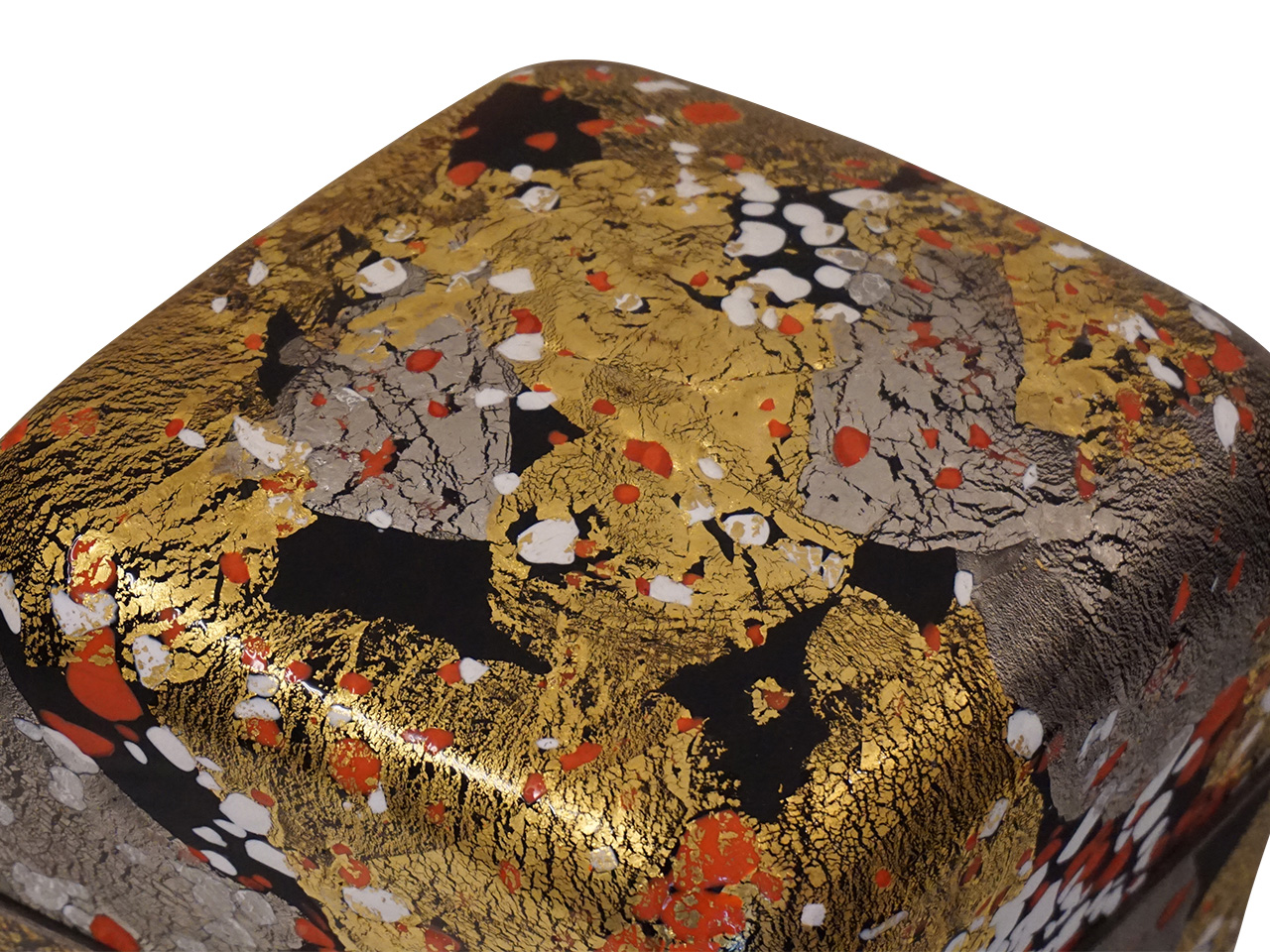
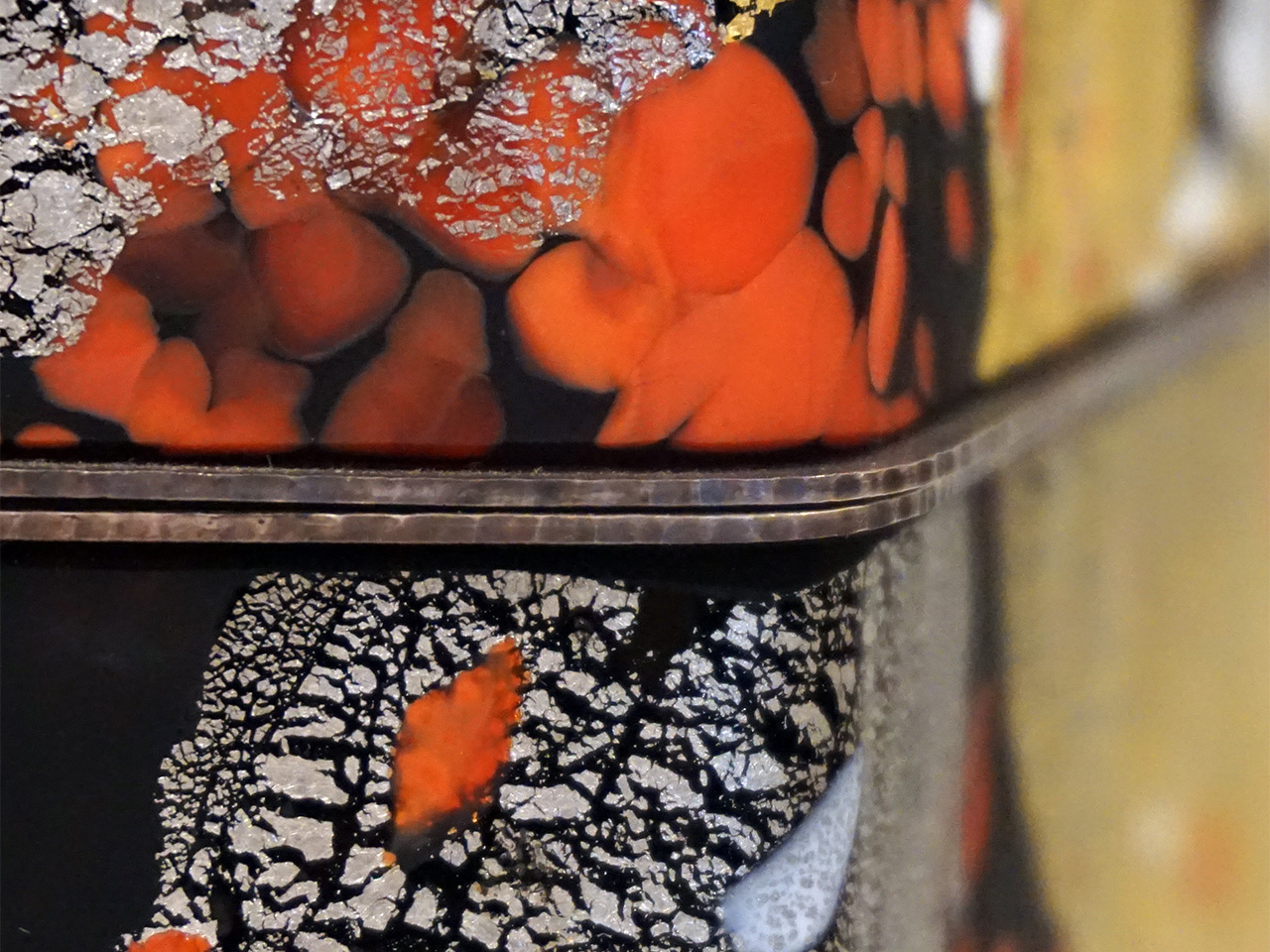
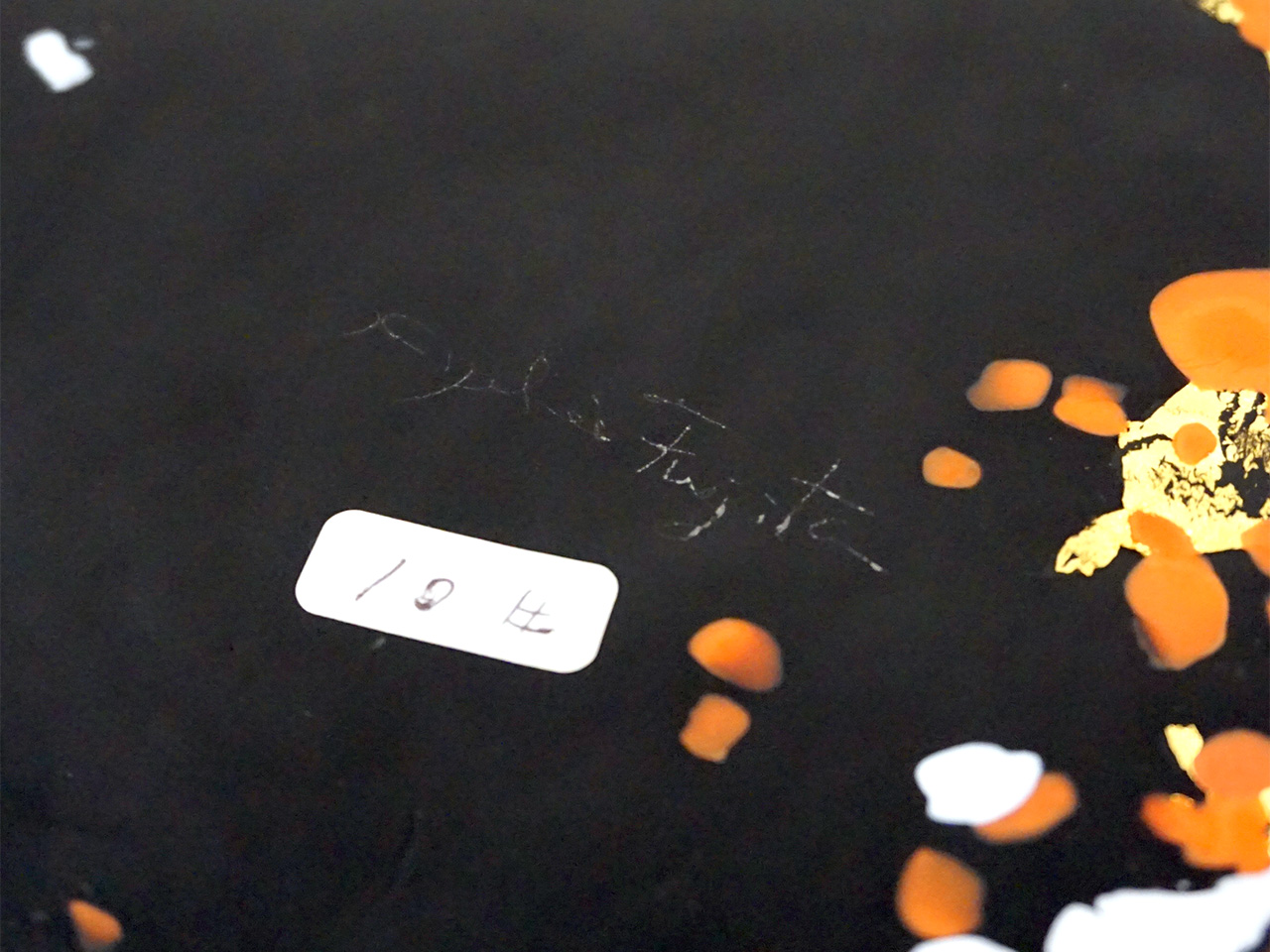
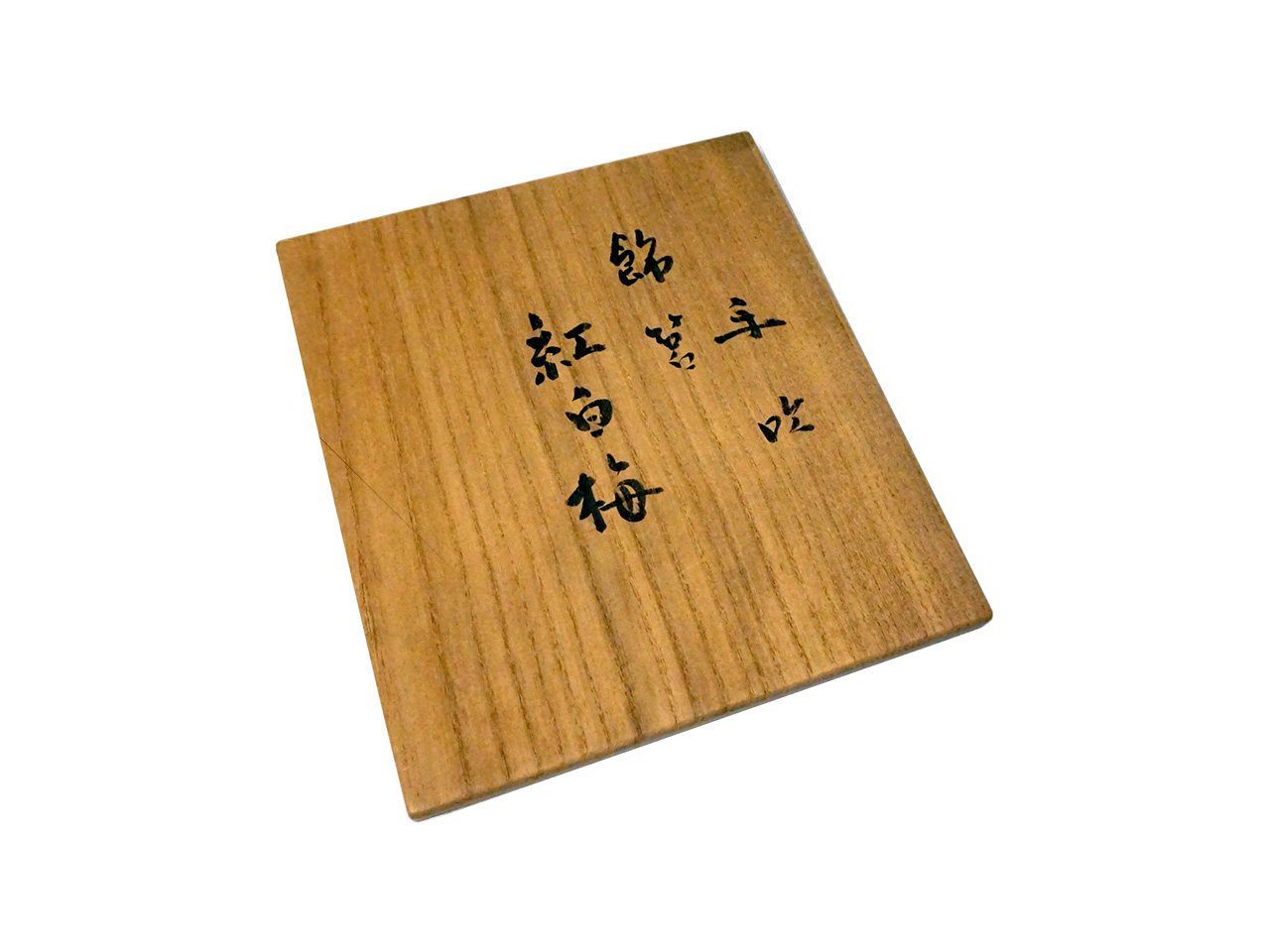
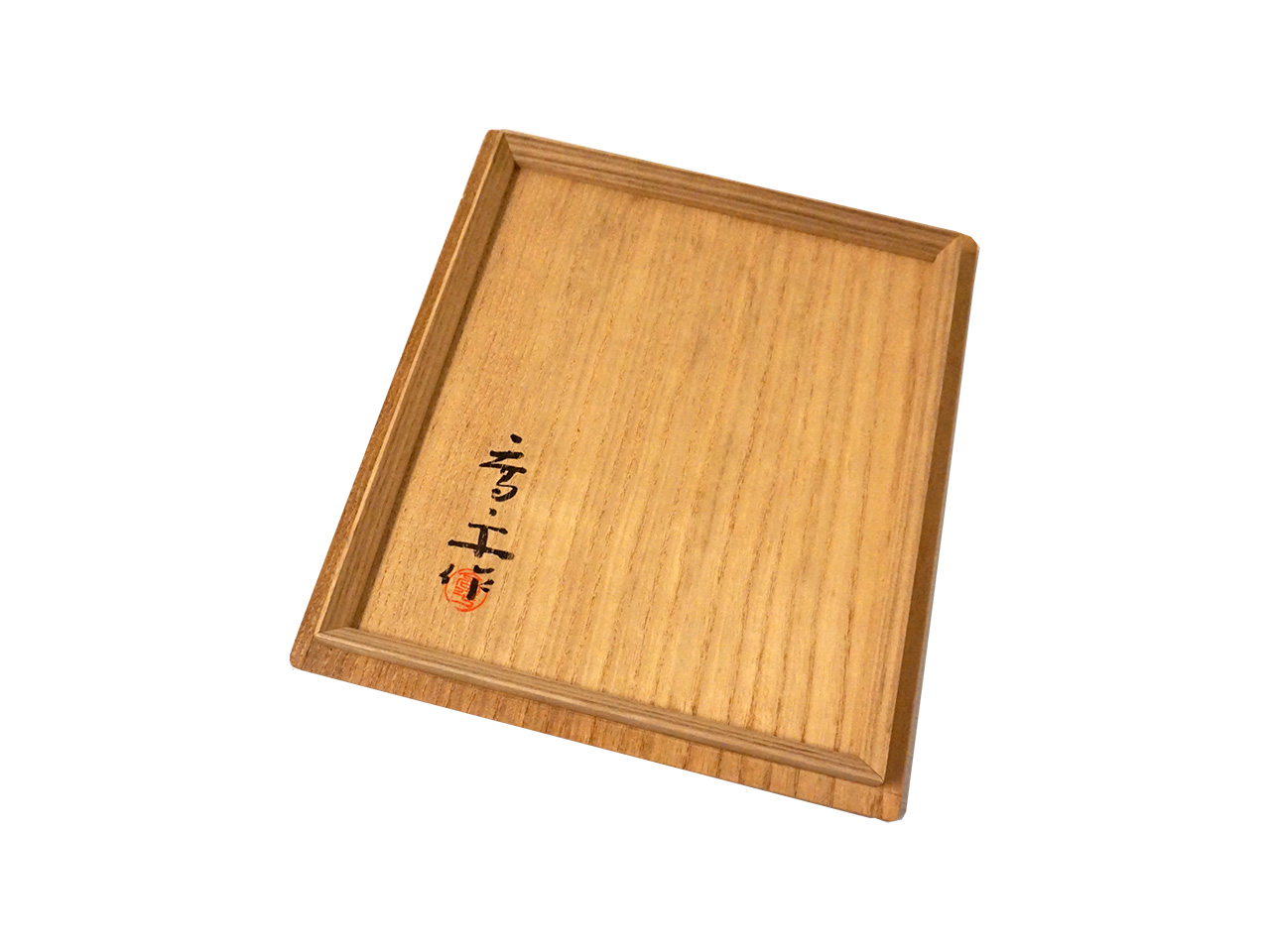 作品名:手吹飾筥 紅白梅
作品名:手吹飾筥 紅白梅
サイズ:H24cm×W25cm
価格:SOLD OUT
価格は税抜き表示です

